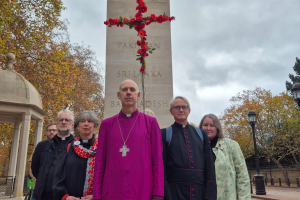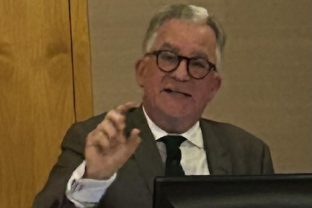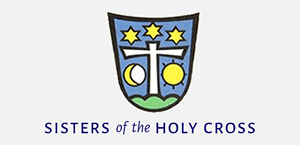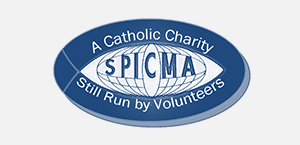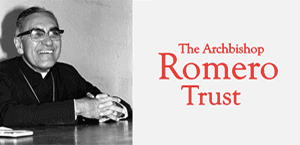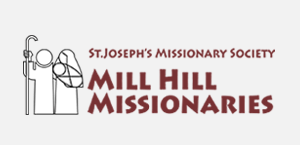Gospel in Art: Armistice Day
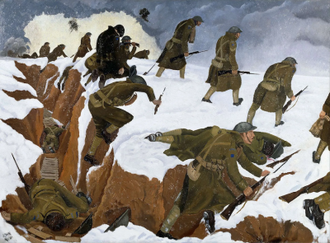
Over The Top, by John Nash, painted in 1918, Oil on canvas © Imperial War Museum, London
Source: Christian Art
Gospel of 11 November 2025
Matthew 25:31-40
At that time: Jesus said to his disciples, 'When the Son of Man comes in his glory, and all the angels with him, then he will sit on his glorious throne. Before him will be gathered all the nations, and he will separate people one from another as a shepherd separates the sheep from the goats. And he will place the sheep on his right, but the goats on the left. Then the King will say to those on his right, "Come, you who are blessed by my Father, inherit the kingdom prepared for you from the foundation of the world. For I was hungry and you gave me food, I was thirsty and you gave me drink, I was a stranger and you welcomed me, I was naked and you clothed me, I was sick and you visited me, I was in prison and you came to me." Then the righteous will answer him, saying, "Lord, when did we see you hungry and feed you, or thirsty and give you drink? And when did we see you a stranger and welcome you, or naked and clothe you? And when did we see you sick or in prison and visit you?" And the King will answer them, "Truly, I say to you, as you did it to one of the least of these my brothers and sisters, you did it to me." '
Reflection on the painting
Armistice Day (later known as Remembrance Day in the Commonwealth and Veterans Day in the United States) is observed each year on 11 November to mark the end of fighting on the Western Front in World War I. The armistice between Germany and the Allied powers was signed at Compiègne, France, at 5.45am, and came into effect at 11.00am - the famous "eleventh hour of the eleventh day of the eleventh month" of 1918. Despite the agreement, reports such as those from US intelligence officer Thomas R Gowenlock describe shelling that continued until nightfall. The armistice was originally valid for only 36 days and had to be renewed several times before a lasting peace was achieved with the signing of the Treaty of Versailles in 1919.
Our painting titled 'Over The Top' by John Nash, depicts a counter-attack on Welsh Ridge in northern France on 30 December 1917, during the First World War. It depicts a group of British soldiers climbing out of their trenches into a snow-covered battlefield. Wrapped in heavy winter coats, they move forward through the desolate landscape, while several of their comrades already lie fallen; some in the trench below, others sprawled on the frozen ground. Above them, dark clouds gather and swirl, adding to the painting's sense of menace and despair. The composition captures for me both the courage and the futility of the moment.
The work was inspired by the artist's own wartime experience with the 28th Battalion of the London Regiment, during a brutal offensive near Cambrai. Of the eighty men who went "over the top," sixty-eight were killed or wounded within minutes; the painter was among the few who survived. Created in early 1918, after his return to England, the piece was commissioned by the Ministry of Information on the recommendation of his brother, Paul Nash, also a war artist. It was painted in a rented seed shed in Chalfont St Peter, Buckinghamshire, transforming the artist's trauma into one of the most haunting visual testaments to the tragedy of the First World War.
Lord God of peace and mercy,
we remember before you today all those who gave their lives in war,
those who fell on battlefields far from home,
and those whose hearts and bodies still bear the scars of conflict.
Receive them, Lord, into your eternal rest,
where every tear is wiped away and all wounds are healed.
May the sacrifice they made never be forgotten,
and may the peace they longed for take root in our world.
Amen
LINKS
Gospel in Art: https://christian.art/
Today's Reflection: https://christian.art/daily-gospel-reading/matthew-25-31-40-2025/
and
Video: The Art of Remembrance - From The Monuments Men to The Last Post: www.indcatholicnews.com/news/53644






